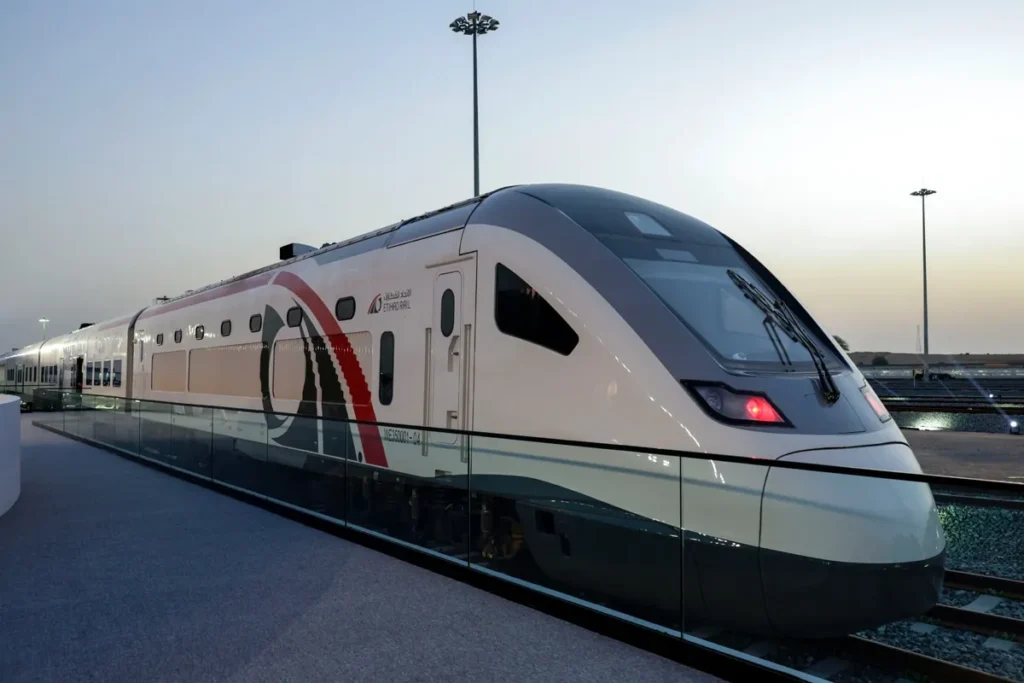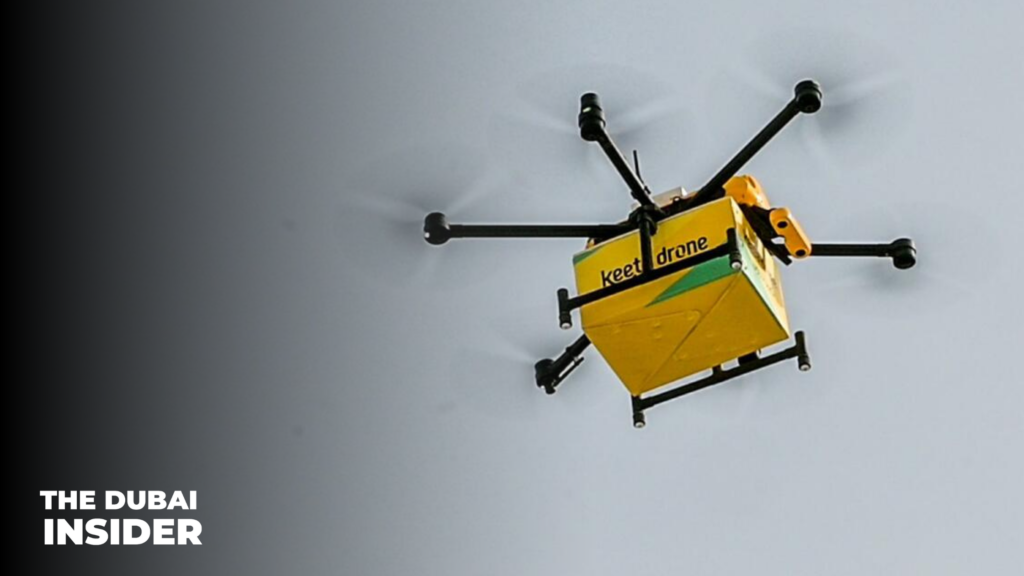
Etihad Rail has officially revealed the locations of its main passenger stations for the conventional speed railway, set to enhance connectivity across the UAE. Here’s a closer look at where these stations will be situated:
Station Locations:
Dubai: The station will be located behind the Jumeirah Golf Estates metro station on the Red Line. This site ensures easy access to the heart of Dubai and integration with the existing metro network.
Abu Dhabi: Positioned along the pipeline corridor between Mussafah Industrial Area and Mohammed Bin Zayed City, the station will be located between Dalma Mall and Musaffah bus station, adjacent to Phoenix Hospital.
Fujairah: The station will be situated parallel to Al-Hilal Street within the Al-Hilal City development, strategically placed to serve the eastern part of the UAE.
Construction Details:
The elevated stations are being constructed by China Railway International Group, with design work handled by China Southwest Architectural Design & Research Institute (CSWADI) and local firm Jouzy Consulting Engineers. The project also includes spur lines to connect the stations to the main Etihad Rail network.
Dubai Spur Line: The line will diverge from the spur serving Jebel Ali Port, running from Al-Yalayis Street, opposite Dubai Investment Park, and connecting to the Jumeirah Golf Estates metro station. It will then link to the Dubai Metro Red Line.
Abu Dhabi Spur Line: This line will split from the main track between Sheikh Khalifa Bin Zayed Al-Nahyan International Road and Al-Rawdah Road, extending to the Abu Dhabi station.
Sharjah University Station: A separate contract has been awarded for the spur line connecting this station to the main line, with construction managed by Tristar Engineering & Construction.
Project Timeline and Future Developments:
The construction of these stations and spur lines is expected to take between 18 to 24 months. Once completed, the conventional speed railway will travel up to 200 km/h along the existing 1,200 km Etihad Rail freight network, linking Al-Sila in the west to Fujairah in the east.
This conventional speed railway will serve as a precursor to the planned high-speed railway, which aims to connect Abu Dhabi and Dubai at speeds exceeding 250 km/h. Early work and soil testing for this ambitious high-speed project have already commenced, with full operational status anticipated by 2030.
Overall Impact:
These new stations are set to significantly improve regional connectivity and travel convenience, reinforcing Etihad Rail’s role in transforming UAE’s transportation infrastructure.







